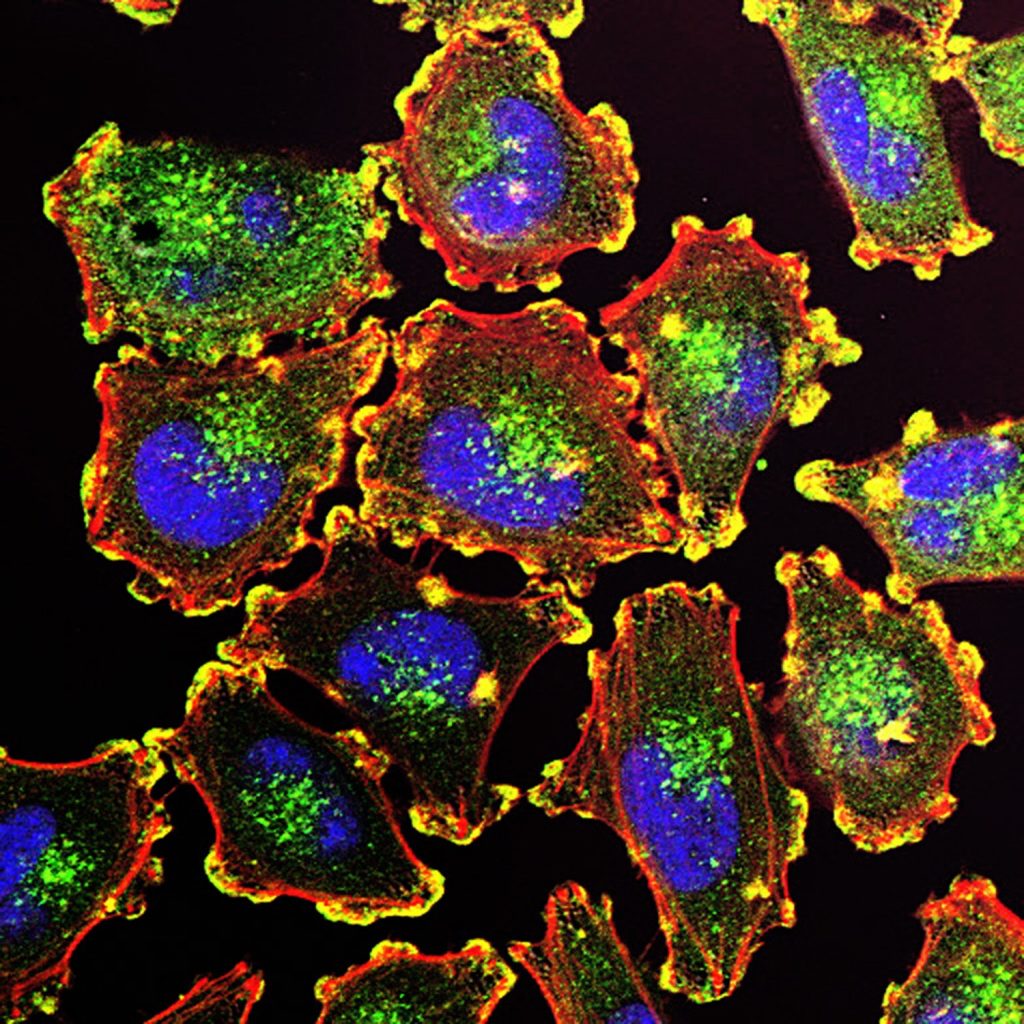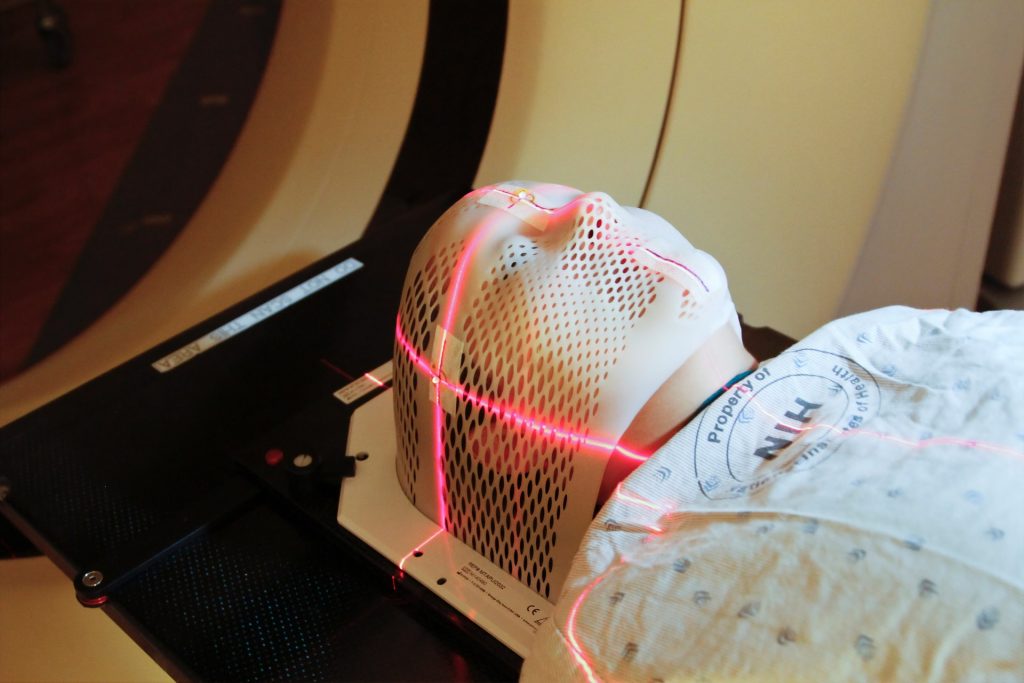Unique Genetic Pattern can Predict Severe Side Effects of Melanoma Immunotherapy

An activity pattern in certain genes responsible for building proteins known as spleen tyrosine kinases can predict which melanoma patients are likely to have severe side effects from immunotherapy designed to treat the most deadly skin cancer, as shown by a new study published in the journal Clinical Cancer Research.
Led by researchers at NYU Langone Health and its Perlmutter Cancer Center, the latest experiments focused on checkpoint inhibitors, drugs that have in the last decade become a mainstay of treating melanoma. This form of skin cancer kills nearly 10 000 Americans annually.
The drugs work by blocking molecules (checkpoints) that sit on the surface of immune T which the immune system uses to recognise and protect healthy cells. Cancer cells are able to hijack and turn off immune cell surveillance, evading detection. Immunotherapy drugs like nivolumab and ipilimumab are designed to block checkpoints, making cancer cells more “visible” again to T cells.
More than a third of melanoma patients given checkpoint inhibitors develop side effects so severe that they compromise their quality of life and ability to continue therapy. Side effects most often involve some form of inflammation, a sign of an overactive immune response. Patients may experience severe skin rashes, diarrhoea, or hyperthyroidism. More-severe side effects can include liver toxicity, colitis, and rheumatoid arthritis.
In the new study researchers found that even before treatment began in their test subjects, the activity of genes controlling the production of spleen tyrosine kinases predicted 83% of melanoma patients who eventually developed severe side effects from combined immunotherapy with nivolumab and ipilimumab.
Moreover, the researchers found that this heightened gene signature, as evidenced by the production of spleen tyrosine kinases, or the SYK pathway, did not interfere with the effectiveness of therapies in preventing recurrence of melanoma. The impact was connected only to side effects.
“Predictive information of this kind is critically important to oncologists and patients to help guide their immunotherapy decisions, to either minimize these side effects by taking additional precautions or to choose alternative immunotherapies,” said study co-senior investigator Tomas Kirchhoff, PhD.
“Our study results show that increased gene activity in the spleen tyrosine kinase pathway could be the basis of a possible blood test that identifies those melanoma patients most susceptible to having severe side effects from immunotherapy, and well before they start treatment,” said study co-lead investigator Kelsey Monson, PhD.
For the study, researchers analysed immune system cell samples from 212 men and women with melanoma participating in the CheckMate-915 trial. The trial was designed to test whether combined therapy with nivolumab and ipilimumab worked better than single therapy with nivolumab in preventing postsurgical recurrence of melanoma. All immune cell samples were taken prior to the start of immunotherapy. Both drugs are manufactured by the pharmaceutical company Bristol Myers Squibb, which sponsored the CheckMate-915 trial, and provided the patient specimens and data used in the analysis.
When researchers looked at what genes were more active than others in patients who experienced side effects from their immunotherapy, they found a specific pattern among 24 genes tied to the production of spleen tyrosine kinases. Further statistical analyses showed that increased or decreased activity (transcription) of only five of these genes – CD22, PAG1, CD33, HNRNPU, and FCGR2C – along with patients’ age and the stage severity of their melanoma served as the best predictors of who would experience side effects from immunotherapy.
Study co-senior investigator Jeffrey S. Weber, MD, PhD, says that the SYK pathway has previously been linked to other autoimmune diseases, including lupus, rheumatoid arthritis, and colitis. He also points out that immunotherapy side effects were also most common in areas affected by these autoimmune diseases, including the skin, colon, and liver.
Dr Weber says the team next plans to investigate if an activated SYK pathway is predictive of side effects in patients treated with ipilimumab alone or with other combination immunotherapies.
“If our future research can explain how an activated spleen tyrosine kinase pathway leads to increased risk of side effects from immunotherapy, then it could also potentially help us to design better cancer immunotherapies and potentially other treatments for autoimmune diseases,” said Dr Kirchhoff.
Source: NYU Langone Health / NYU Grossman School of Medicine










